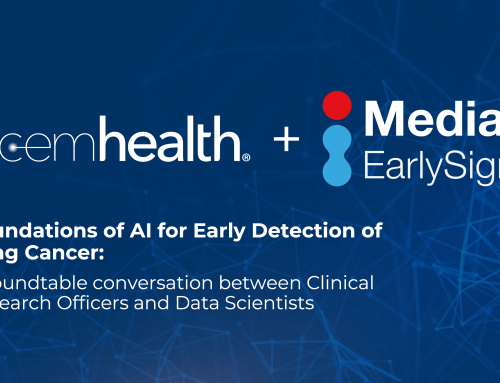
Undiagnosed Diabetes: Why We Need A More Proactive Approach
Undiagnosed Diabetes Is a Serious Issue
Imagine walking around with a tiny splinter in your foot. At first, it might not bother you much, but over time, if you don’t take it out, it can lead to a serious infection. This is similar to what happens with diabetes, a common health condition where the sugar level in the blood is too high. In fact, according to the CDC (Centers for Disease Control), 23% of adults with diabetes do not even know it, like walking around with an invisible splinter. [1] This can be dangerous because, without treatment, diabetes can cause problems with the heart, eyes, kidneys, and other parts of the body.
The Impact of Missed Preventive Care
So, how do some adults end up with diabetes without realizing it? Well, diabetes often sneaks up quietly. Some people might feel more thirsty than usual, hungry even after eating, or tired all the time, but they might think it is just from being busy or not getting enough sleep. Since these signs can be easy to ignore, diabetes can go unnoticed for a long time.
In addition, during the COVID-19 the pandemic, many adults missed their regular check-ups and screenings, a critical step in early disease detection. Fear of exposure to the virus, along with restrictions on non-urgent medical visits, led many patients to postpone or skip regular health check-ups. This interruption in preventive care has had a significant, yet silent, impact on diabetes management. Regular screenings that can detect warning signs early on, when the condition is most manageable.
Just like a flashlight can help you find a lost toy under the bed, predictive analytics and machine learning tools can help doctors reveal patients who might have diabetes without knowing it. These tools look through health records to find clues that someone might have diabetes, such as their weight, age, and whether they have other health issues like high blood pressure.
Proactive treatment can help prevent serious problems like heart disease, kidney damage, or even blindness. Plus, it saves money in the long run by avoiding expensive treatments and hospital stays.
Let’s talk about two ways innovative technology makes a difference:
Finding the Needle in the Haystack
Imagine you are looking for certain marble in a big jar of marbles. It could take forever, right? But what if you had a magnet that could pull out more of the marbles you wanted? That is a good analogy for predictive AI (Artificial Intelligence). It sifts through tons of health records to find patients who are likely to have diabetes but don’t know it yet. For example, out of a group of 50,000 adults, this technology can point out the few hundred who are more likely to need help the most.
Saving Money While Saving Lives
Finding and managing diabetes early can significantly improve patient outcomes, reducing the risk of complications such as heart disease, kidney failure, and nerve damage. From a financial perspective, early detection and management of diabetes can lead to substantial cost savings for healthcare systems and their patients. By preventing the progression of the disease and its associated complications, healthcare providers can reduce the need for expensive treatments and hospitalizations.
Being More Proactive Toward Treating Undiagnosed Diabetes
The COVID-19 pandemic has underscored the importance of preventive care in managing chronic conditions. Too many adults live with undiagnosed diabetes, which can lead to serious health issues if left untreated. As we emerge from the pandemic, using technology to identify and manage undiagnosed diabetes is more crucial than ever. By embracing AI-driven solutions, healthcare providers can ensure that those who missed their preventive screenings are not left behind. Early detection becomes a key to better outcomes.
If you would like to explore this topic further, our blog post, Hiding in Plain Sight: Leveraging Existing Patient Data for Early Detection of Diabetes, goes much deeper into the clinical and financial impact for early detection of diabetes.
